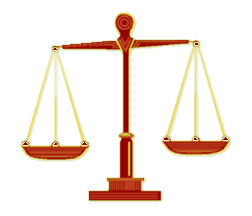Writ facts for kids
A writ is a special written command from a court or a powerful official. It tells someone to do something specific, or sometimes, not to do something. Think of it as an official instruction that must be followed. In the United States, courts get their power to issue these commands from a law called the All Writs Act. This law was first part of the Judiciary Act of 1789.
History of Writs
Long ago, a writ was a written order from the English king. It told a specific person to do a certain action. For example, during the time of feudalism, the king might send a writ. This writ would tell a powerful land owner to bring his knights to a battle.
Writs in Modern Elections
An old use of writs still exists today. In the United Kingdom and Canada, there is a "writ of election." This is a written order from the monarch (or the Governor General in Canada). It tells local officials to hold a general election. Medieval English kings also used writs to call people to Parliament.
Common Types of Writs
Many different kinds of writs have existed throughout history. Here are some common types that are still used today:
- Writ of Habeas Corpus: This is a very important legal document. It orders someone who has been arrested to be brought before a court. It helps make sure people are not held in prison unfairly.
- Writ of Mandamus: This writ tells a government department or official to take a specific action. It makes sure they do their job.
- Writ of Prohibition: This writ does the opposite of a Mandamus. It tells a public authority not to do a certain action. Higher courts often use it to stop lower courts from doing something wrong.
- Writ of Certiorari (Cert.): This writ is issued by a higher court. It asks a lower court to send up its records for review. This allows the higher court to check if the lower court made a mistake.
- Writ of Quo Warranto: This type of writ is used to question if someone has the legal right to hold a public office. It asks "By what authority?"
- Writ of Coram Nobis: An appeals court can issue this writ to a lower court. It asks the lower court to correct a serious mistake made in a past case.
Images for kids
-
1702 Writ of Attachment signed by Chief Justice John Guest of the Province of Pennsylvania in the name of Queen Anne.
See also
 In Spanish: Writ para niños
In Spanish: Writ para niños



